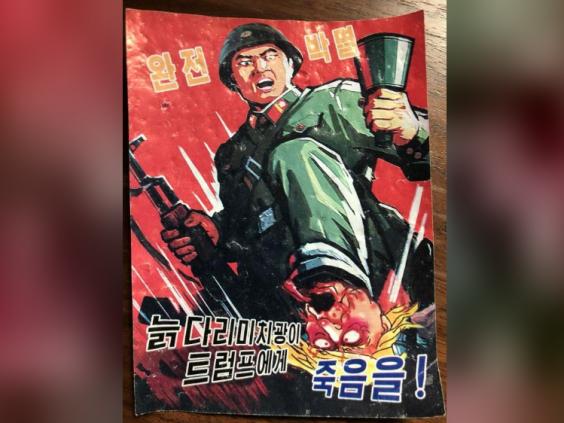
n Honor of Flag Day.. A Poem by Marvin X...
I'll wave the flag
When the trillions in reparations are paid to the
African American Nation
For 400 years of being terrorized in America
When the bill of the Middle Passage is paid
When the bill from the cotton fields is paid
I'll wave the flag
When the damages due the descendents of mass murder
is paid
Mass kidnapping
Mass rape
I'll wave the flag
When the police stop terrorizing us for breathing
while black
Walking while black
Loving while black
I'll wave the flag
When the 2 million men and women in prison are
released
for petty crimes
And those guilty of stealing elections take their
place
in the cells
I'll wave the flag
When those guilty of stealing labor, stealing
energy,
stealing souls of the poor are jailed
I'll wave the flag
When those guilty of the miseducation of our
children are
jailed for crimes against humanity
I'll wave the flag
When those who terrorize the earth, pollute the
earth,
poison the food, the water, the air
Inject animals with hormones
Genetically alter vegetables and fruits
When these people are taken before the world court
for
terrorizing the world
I'll wave the flag
Until then
Kiss my motherfuckin' ass.
2001 Marvin X.I
The Kennesaw State University community in Georgia is having a divisive debate after five football cheerleaders kneeling during the national anthem on Sept. 30, in solidarity with NFL players who are bringing awareness to racial injustice.
According to The New York Times, cheerleaders at Howard University began kneeling during the anthem since September 2016, when quarter Colin Kaepernick launched his controversial protest. Unlike the Kennesaw cheerleaders, there’s been no drama at the historically Black institution.
In fact, since the 1980s Howard University has played the Black national anthem, “Lift Every Voice and Sing,” at home games immediately before “The Star-Spangled Banner.” As The Times also noted, it’s not unusual to see raised fists in the crowd and on the field during the Black national anthem—which predates the national anthem.
“I think about liberty and justice for all, and how it’s not being executed in our country right now,” cheerleader squad captain Sydney Stallworth told The Times, reflecting on the national anthem.
Stallworth added that she feels “lucky” to be enrolled at an HBCU where she has a platform to express her views about racism and inequality.
Meanwhile, at Kennesaw State University, the turmoil continues. According to the AJC, Cobb County Sheriff Neil Warren expressed his disapproval with the university’s president, Sam Olens. After Warren weighed in, the university’s athletic department stopped allowing the cheerleaders on the field during the anthem.
Not everyone at Howard agrees with the anthem protest, but disapproval is muted.
Howard’s cheerleaders coach, Demarco Brooks, told The Times that kneeling during the anthem would not be his “first choice” to protest racial injustice. However, he’s respects the cheerleaders’ rights.
SEE ALSO:































 An anti-Trump leaflet believed to come from North Korea by balloon reads "Death to an old crazy guy Trump!" (NK News/Reuters)
An anti-Trump leaflet believed to come from North Korea by balloon reads "Death to an old crazy guy Trump!" (NK News/Reuters)